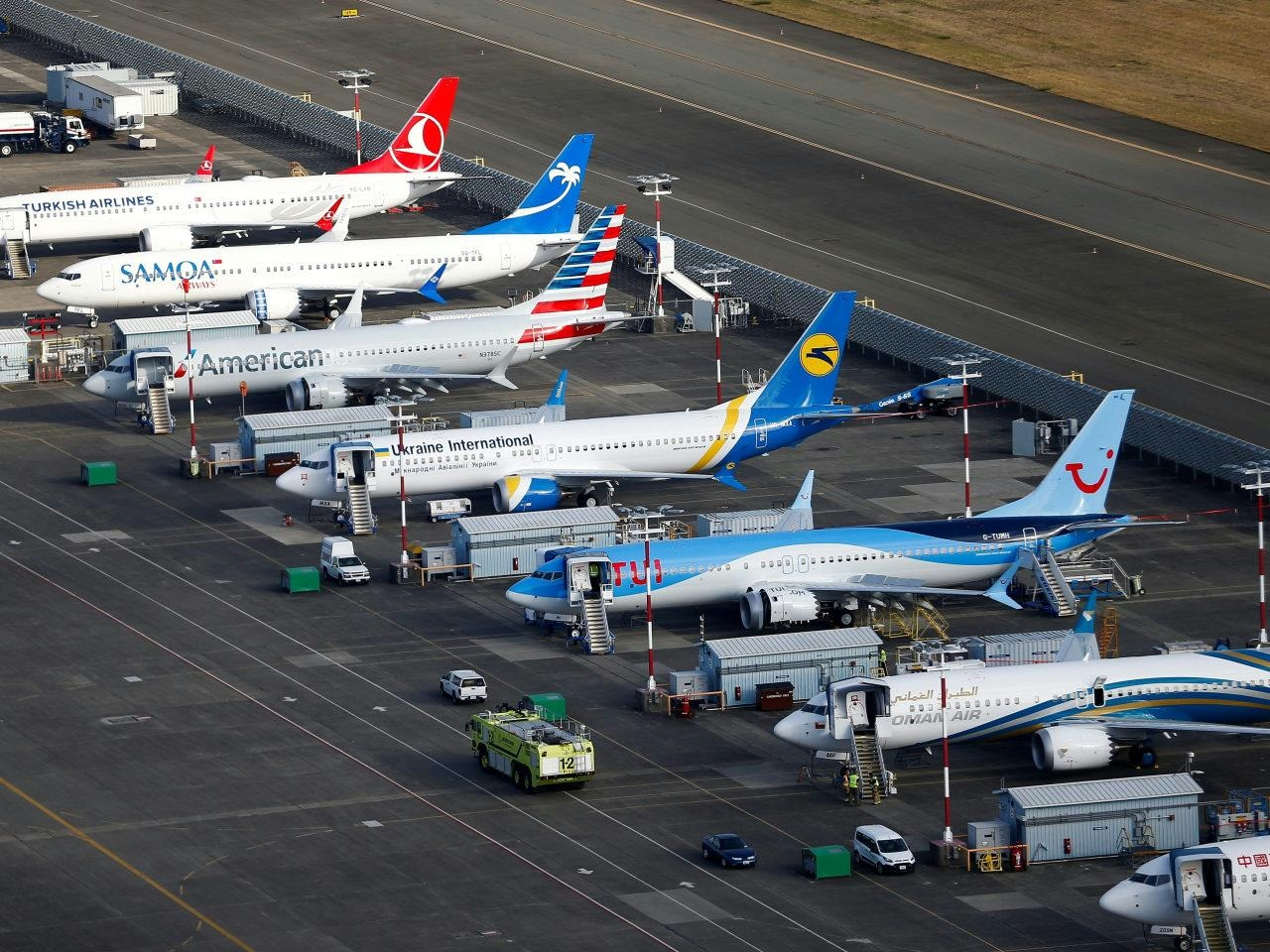
AeroGenie - مساعد الطيار الذكي الخاص بك.
الرائج الآن
Categories
Why Do Some Airlines Still Operate Quadjets in 2025?
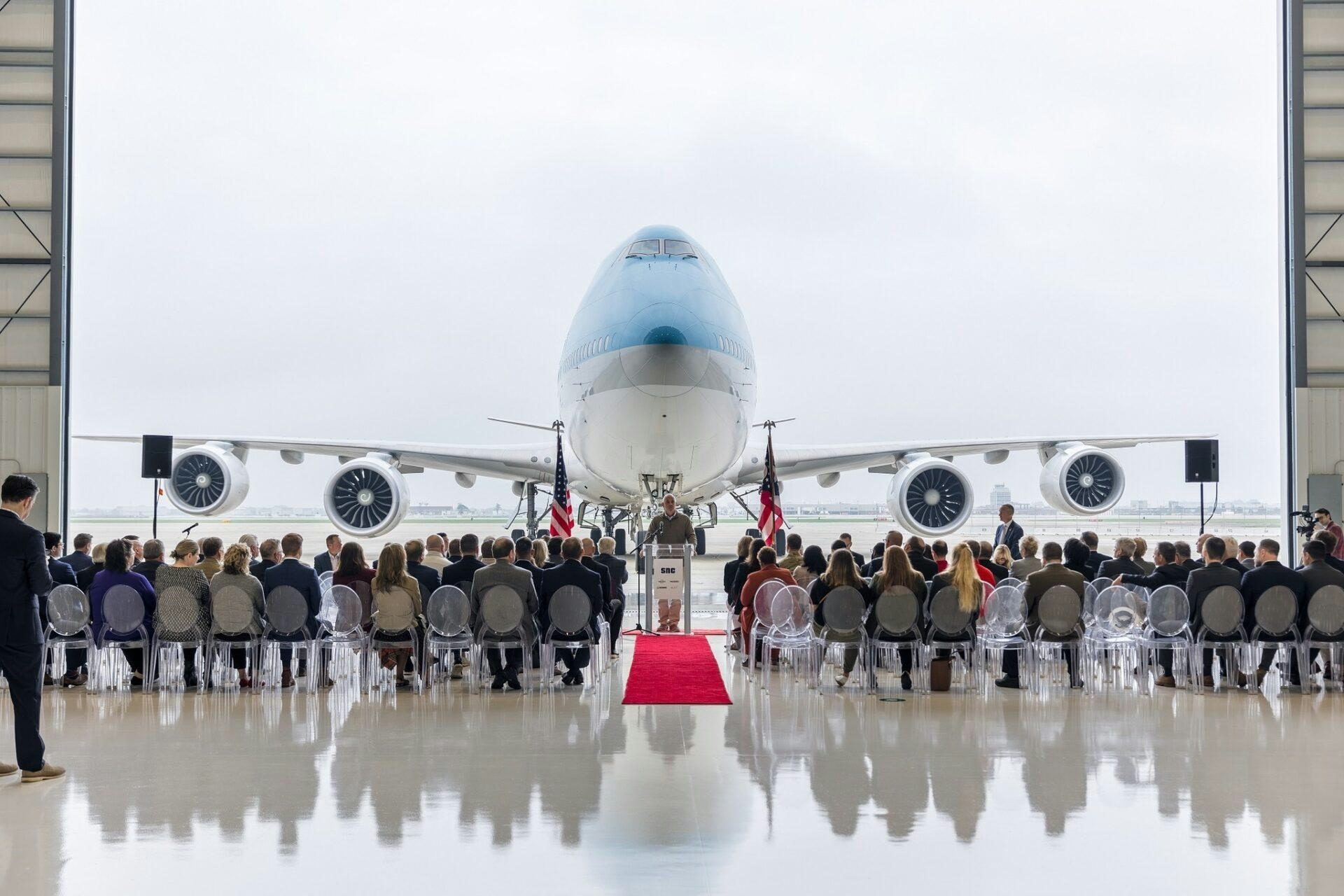
Why Do Some Airlines Still Operate Quadjets in 2025?
Despite the aviation industry's relentless pursuit of greater fuel efficiency and the widespread adoption of modern twin-engine jets, several airlines continue to operate four-engine "quadjet" aircraft such as the Airbus A380, Boeing 747, and Ilyushin Il-96 in 2025. These quadjets remain integral to certain airline strategies, particularly in markets where airport slot scarcity and high payload demand necessitate their unique capabilities.
The Continued Presence of Quadjets in Modern Fleets
Lufthansa currently stands as the largest operator of Boeing 747s, maintaining a fleet of 27 aircraft, while Emirates commands the world’s largest Airbus A380 fleet, with over 100 superjumbos in service. Korean Air operates both passenger and freighter variants of the 747-8, and other carriers including Air China, Mahan Air, and Conviasa continue to deploy quadjets in their operations. Although Boeing ceased production of the 747 in 2023 and Airbus ended A380 assembly in 2021, Russia is exploring renewed production of the Il-96, highlighting ongoing demand for quadjets in select markets.
This persistence is partly driven by robust passenger demand. For instance, the Singapore Airlines Group reported a 9.4% year-over-year increase in passengers, underscoring the need for high-capacity aircraft on popular routes. In highly competitive and consolidating markets—such as Condor’s ongoing rivalry with Lufthansa—airlines may retain older, larger aircraft to defend market share and maximize revenue per slot at congested airports.
Operational Advantages and Brand Significance
Quadjets also serve as powerful brand ambassadors. Since Pan Am’s inaugural 747 flight in 1970, these aircraft have symbolized the romance and optimism of the jet age. Airlines like Lufthansa, Singapore Airlines, and Emirates leverage quadjets as flying billboards, reinforcing their global image. The 747, often called the “Queen of the Skies,” and the A380 both offer unmatched cabin space, enabling amenities such as shower spas, full-service bars, and even piano lounges—features impossible to replicate on smaller jets. Passenger surveys consistently show higher satisfaction scores for A380 flights, citing smoother rides and more spacious cabins.
From an operational standpoint, quadjets excel on long-haul, high-density routes. The Airbus A380 can carry between 485 and 544 passengers up to 8,200 nautical miles, while the Boeing 747-8I accommodates 410 to 467 passengers with a range of 7,370 nautical miles. Their size and range make them ideal for connecting major international hubs where airport slots are limited and demand is high.
Human factors also influence the continued use of quadjets. Many pilots and flight attendants prefer the handling characteristics and onboard environment of these aircraft, which can affect fleet decisions beyond purely economic considerations. Furthermore, the growing aviation consulting sector reflects the complex challenges airlines face in balancing growth, sustainability, and operational needs—factors that support the continued use of quadjets in specific market niches.
While the era of the quadjet is gradually yielding to more efficient twinjets, these iconic aircraft remain essential tools for airlines navigating a dynamic and competitive global aviation landscape.
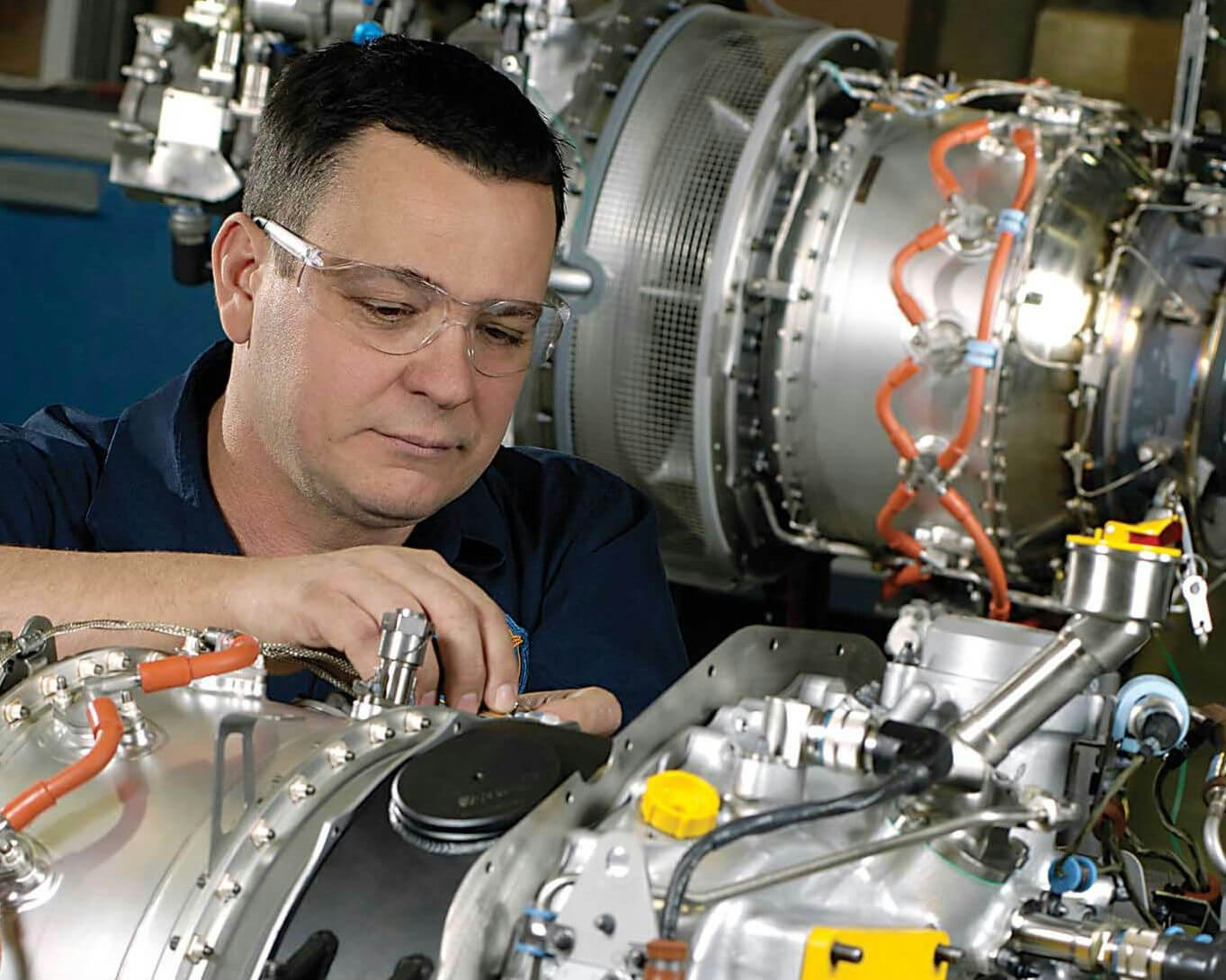
Pratt & Whitney Opens European Center Focused on Sustainable Propulsion
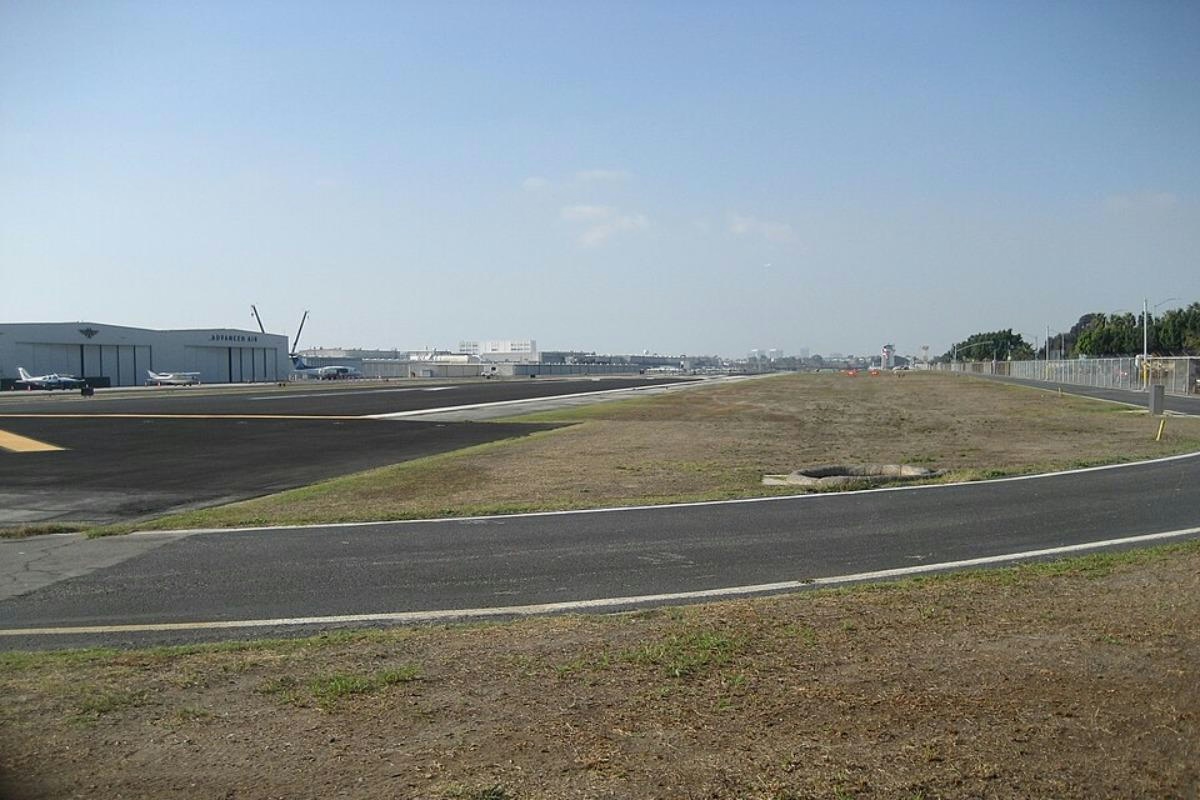
Archer Aviation Acquires Hawthorne Airport for $126 Million
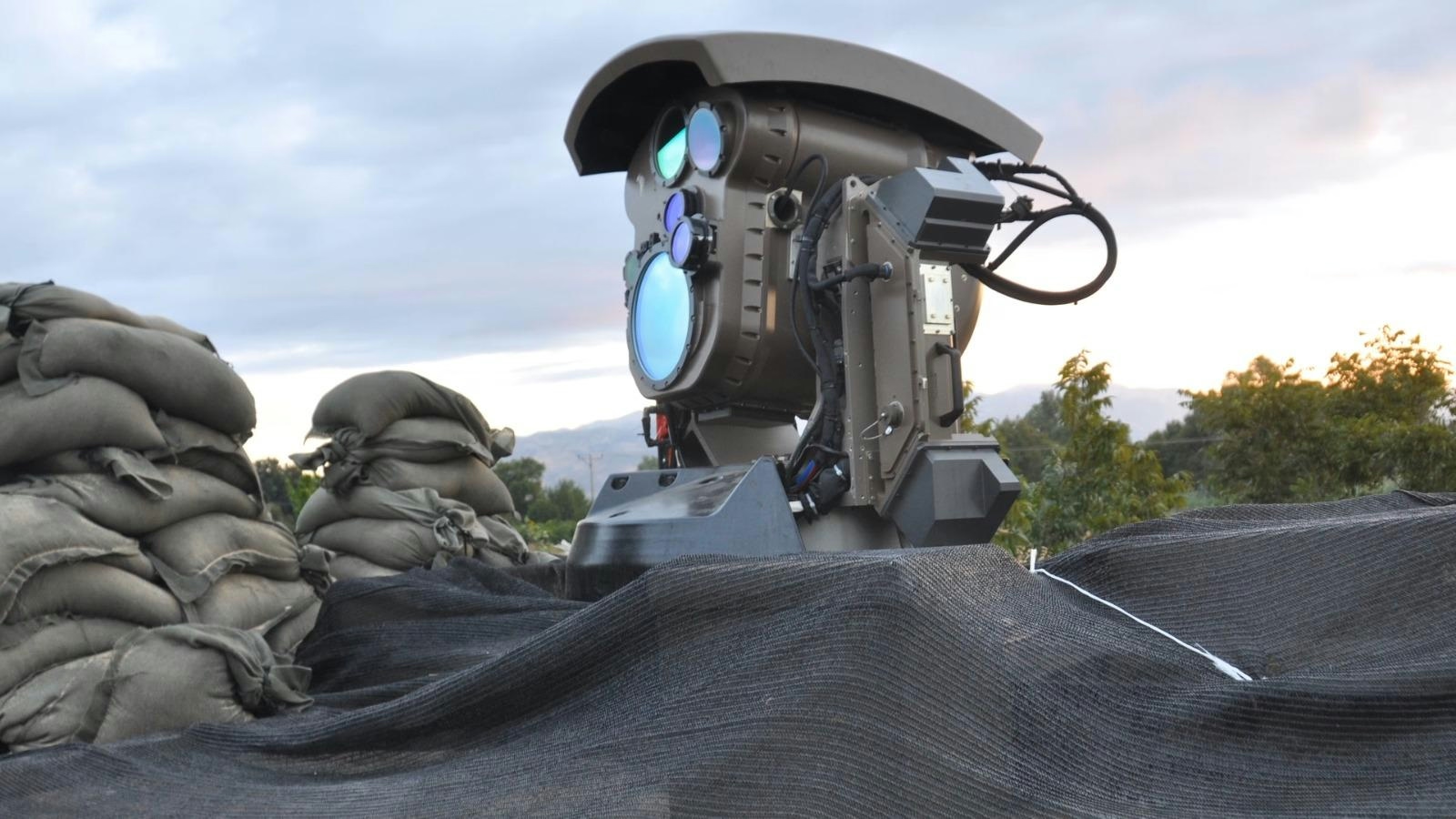
Israel’s Iron Beam Laser System Receives 2026 Aviation Week Laureate Award
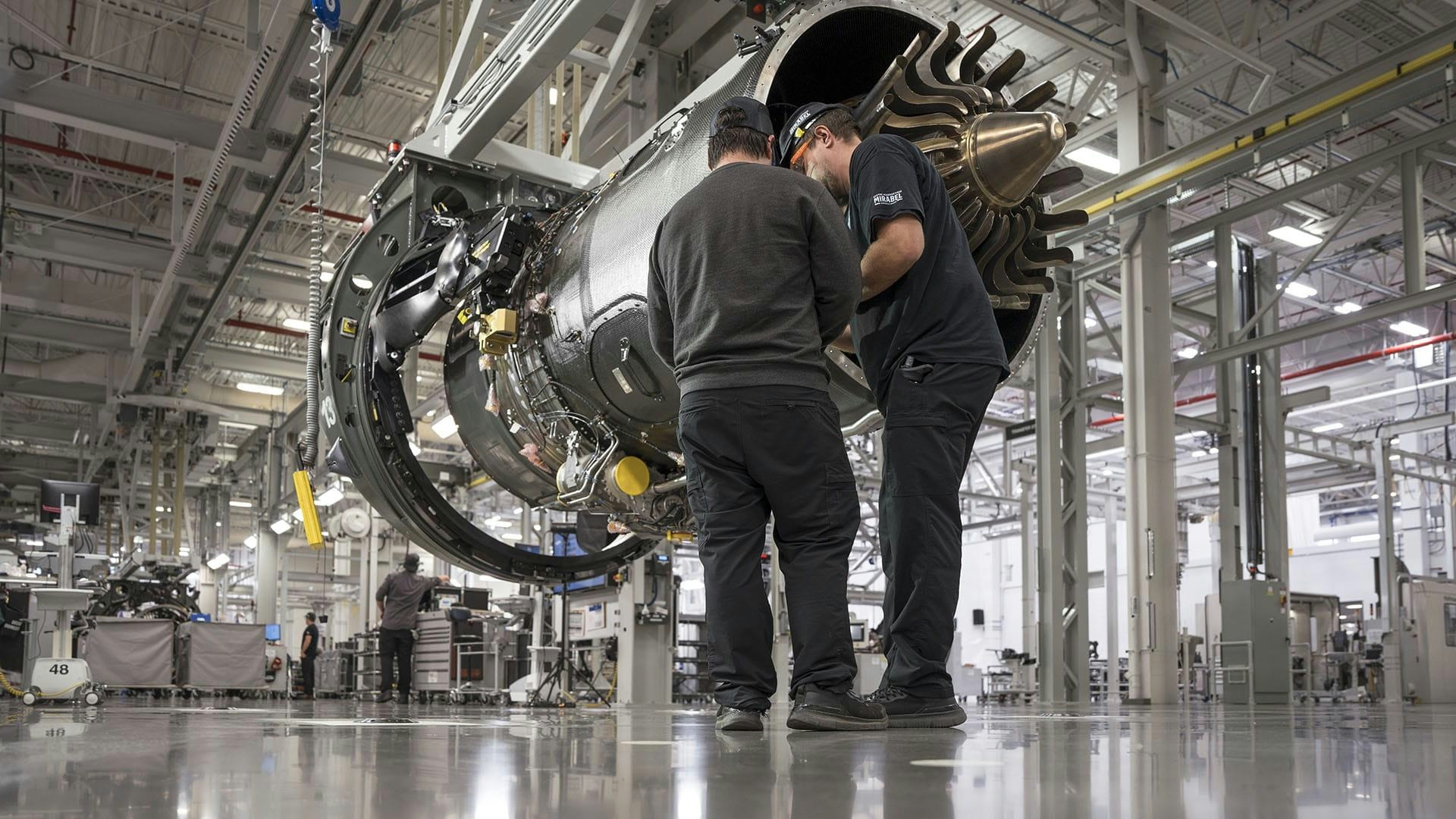
IAE Commits to GTF Engines for Future Narrowbody Aircraft
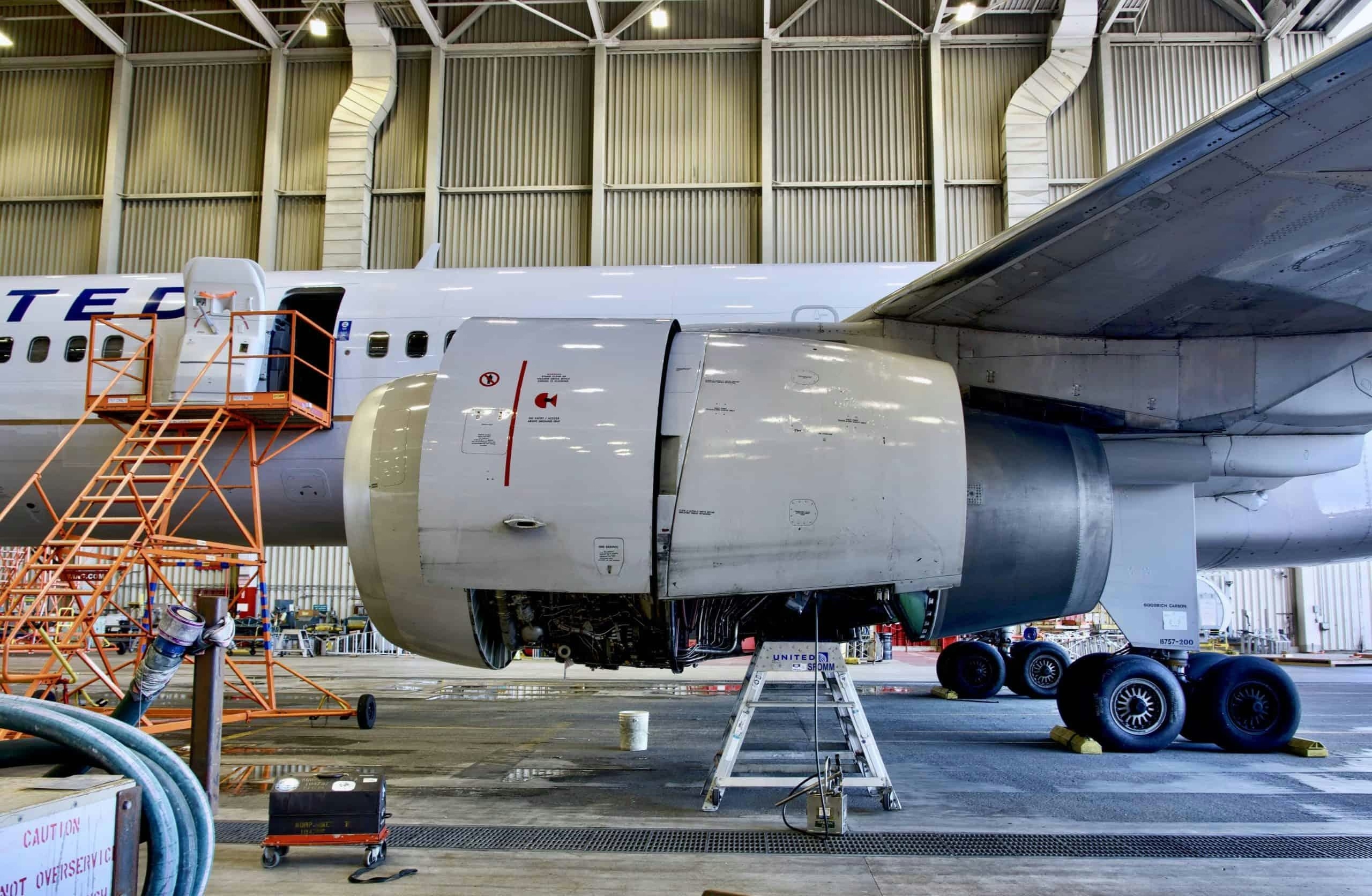
Why United Airlines Continues to Operate Its Aging Boeing 757s
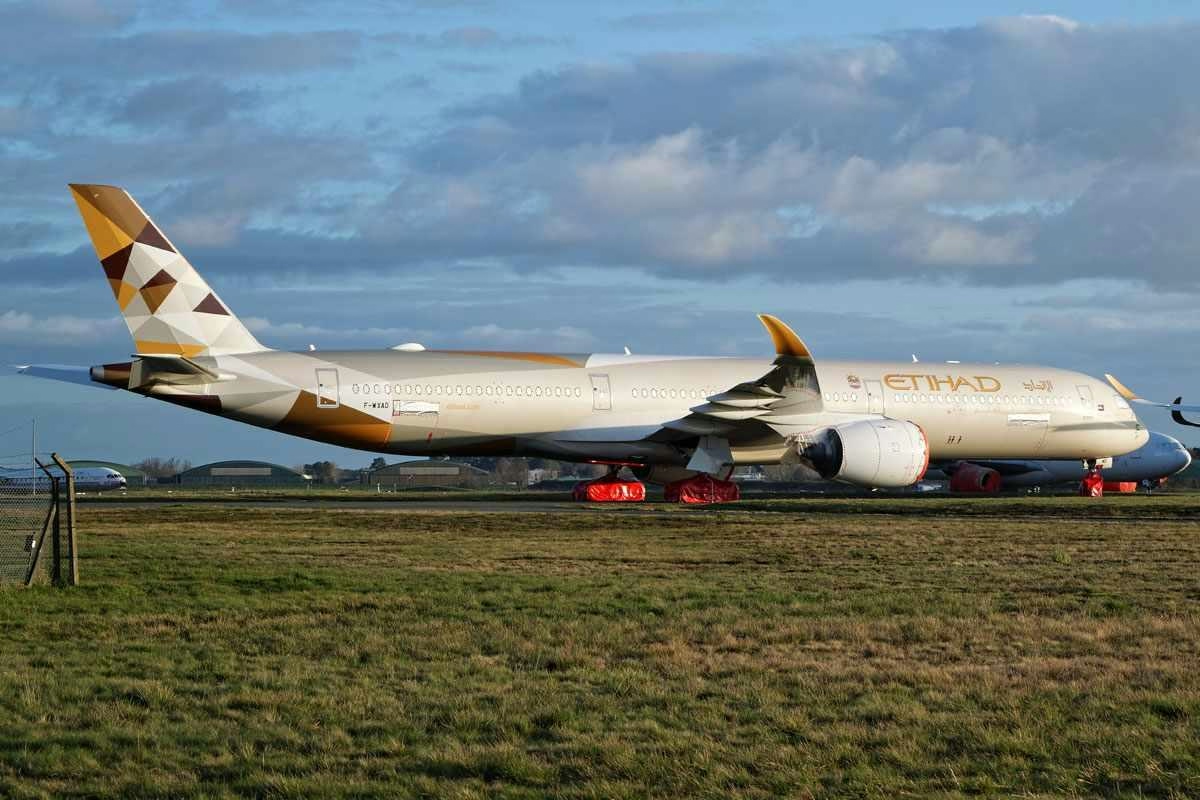
Etihad Considers Additional Airbus A350 and A330neo Orders

UAE Launches Hili, Its First Hybrid Cargo Plane
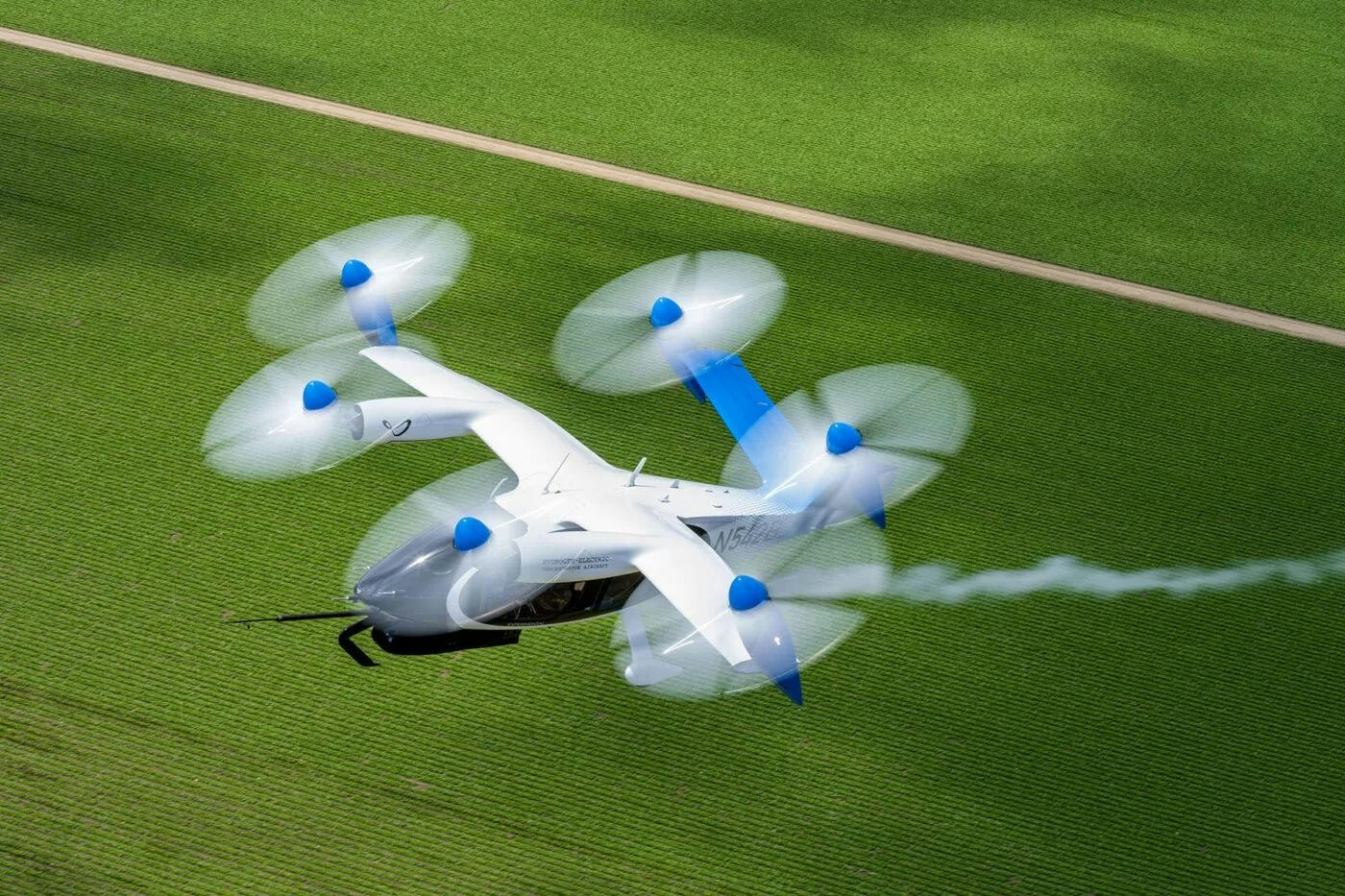
Joby Completes First Flight of Turbine-Electric Demonstrator Aircraft

Lufthansa Technik Introduces New 'Nice Intellitable' System
